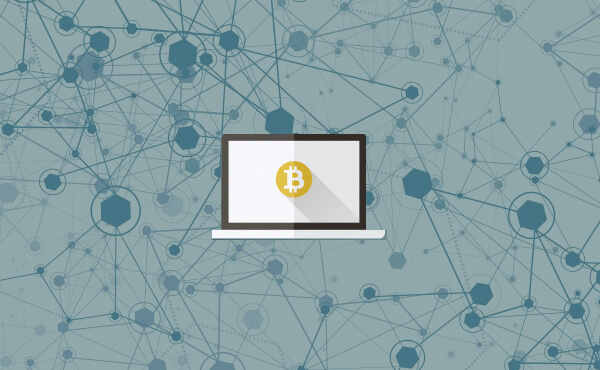
https://coinjournal.net/princetons-arvind-narayanan-on-the-pros-and-cons-of-bitcoin-powered-decentralization-part-1/For the final lecture of Princeton’s course.
Assistant Professor of Computer Science Arvind Narayanan shared some ideas related to what will happen with bitcoin over the next few decades. Narayanan covered a variety of different areas of disruption for bitcoin and blockchain technology, but he also remained skeptical towards the idea that decentralization is always the right answer. The general area of exploration for this lecture was summed up by Narayanan during his opening remarks:
“What I mean when I say the future of bitcoin is a set of ways in which blockchain technology can be used, as proposed, to decentralize a variety of things: stocks, bonds, even property (whatever that means — we’ll see). So, in other words, people have looked at bitcoin and went, ‘Hmm. We managed to decentralize currency. That actually worked. Let’s decentralize everything.’”
Why do we want to decentralize all the things?
Before attempting to decentralize any aspect of society via the blockchain, it’s important to think about how people will benefit from that decentralization. There are plenty of projects in the blockchain industry that seem to focus on decentralization more than creating something of value that people will actually use, and this is something that Narayanan would like to help developers avoid in the future. This theme was also present on the Bitcoin 2.0 panel at the recent Inside Bitcoins conference in New York. Rather than assuming that cutting out middlemen automatically leads to a better user experience, developers should think through the real implications of their ideas. Narayanan made this point rather clear at one point during the lecture:
“I feel that there’s often this confusion between two things. One is the fact that cryptography is often used in contexts where, unfortunately, there’s not much trust between entities — so the lack of trust is a starting point and cryptography is a solution. This often becomes confused with, ‘Oh, now we have this hammer of cryptography. Let’s try to use this to move to a world where nobody has to trust anyone anymore. Trust minimization is not the goal. Lack of trust is not the model we’re hoping to move to. It is, instead, our unfortunate starting point.”
Decentralization can sometimes create new problems
Throughout Narayanan’s lecture, he used the sale of a car as a way to illustrate the different ways the blockchain can be used for cutting out intermediaries. Although he pointed to many positive aspects of decentralization, Narayanan also showed how using the blockchain for this sort of setup could create more problems than it solves. These newly created problems include:
- Bitcoin security – In reality, bitcoin security is still too difficult for most people to handle. This would be unacceptable in a situation where a car is represented on the blockchain as smart property because loss of the private key would essentially turn the car into a useless brick. As Narayanan explained, security is very much a “human problem” that involves much more than tech.
- Funds tied up during mediation – Although multisig addresses allow for a democratization of non-custodial escrow agents, funds are not available during the mediation process.
- No real world enforcement – This is the overall issue with decentralized models. If something goes wrong, there’s no one to turn to for help. Narayanan noted that the smart property model is perhaps useful in making everything happen in a more efficient manner when everything is running smoothly, but it doesn’t do much to help for situations when something goes wrong.
- Proof of actual value behind colored coin or smart property – Although you can create new asset-backed tokens on top of bitcoin, the issuer still needs to be able to prove that what they say the token represents actually exists.
- Dispute mediation is complex – Narayanan contended that dispute mediation is a highly specialized field, at least when it comes to property rights and the court system. Although decentralizing this process enables individuals to choose their own mediators, everyone needs to think about what they’re giving up on the other side.
After going through the possible issues found with the smart property sale example, Narayanan added:
“Let me be very clear. I deliberately picked this car security and car sale example as sort of an extreme way of illustrating why we really need these human institutions.”
Check back later for page two of this article, which discusses the advantages of decentralization.
Continue to page two of this article: Arvind Narayanan discussed the advantages of decentralization

